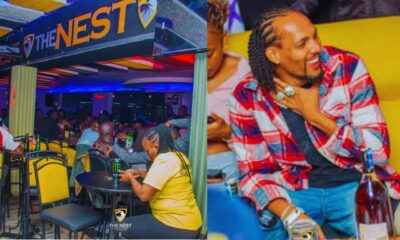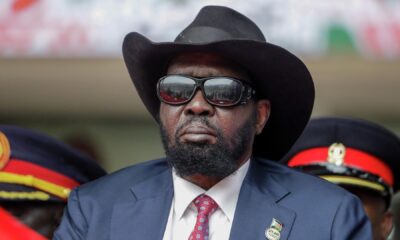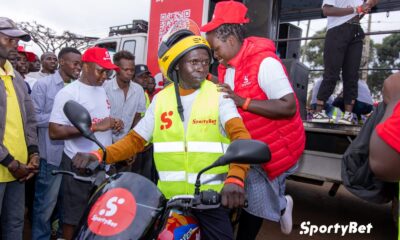He moved to Atlanta in 1963 to become chairman of the Student Nonviolent Coordinating Committee and made the city his home.
“He was never condescending or shaming toward younger people and their choice of actions, the way they decided to protest, what they were protesting,” said Jasmine Amussen, an editor of Burnaway, a magazine focused on arts and activism in the South.
“It was very reassuring and loving,” she added. “It almost feels like, I don’t know.” She paused as her voice broke. “This is a really tough time for this city.”
In Atlanta, Mr. Lewis has been given the kind of tributes reserved for the most prominent people in the city’s history: His face fills a 65-foot mural on the side of a downtown building declaring him a hero, and across the Interstate, a busy thoroughfare was named the John Lewis Freedom Parkway in 2018. An exhibit showcasing his life and work greets visitors at Atlanta’s international airport.
Yet many in Atlanta became accustomed to seeing him in the flesh — shopping for produce and shaking hands at the Publix supermarket on Cascade Road and stopping in at Mary Mac’s Tea Room. (When Jo Carter, its longtime server turned Atlanta institution in her own right, retired in 2017, he was at the party.) Clerks at department stores would tip him off when suits were going on sale; he had a limited budget as a public servant, aides said, but he was also thrilled by a bargain.
Andrew Aydin, who worked as a policy adviser and digital director for Mr. Lewis, remembered him trying to place an order in a Burger King drive-through. “The lady, through the speaker, said, ‘Is that you, John Lewis?’ ” Mr. Aydin recalled.
“I think that’s what people misunderstand,” he added. “They see the icon, but they didn’t just love him. They knew him. This wasn’t a guy hanging out at the Commerce Club. He was out in the streets. He was eating in the same place as everyone else.”

 Business News1 week ago
Business News1 week ago
 General News4 days ago
General News4 days ago
 Entertainment1 week ago
Entertainment1 week ago
 General News4 days ago
General News4 days ago





